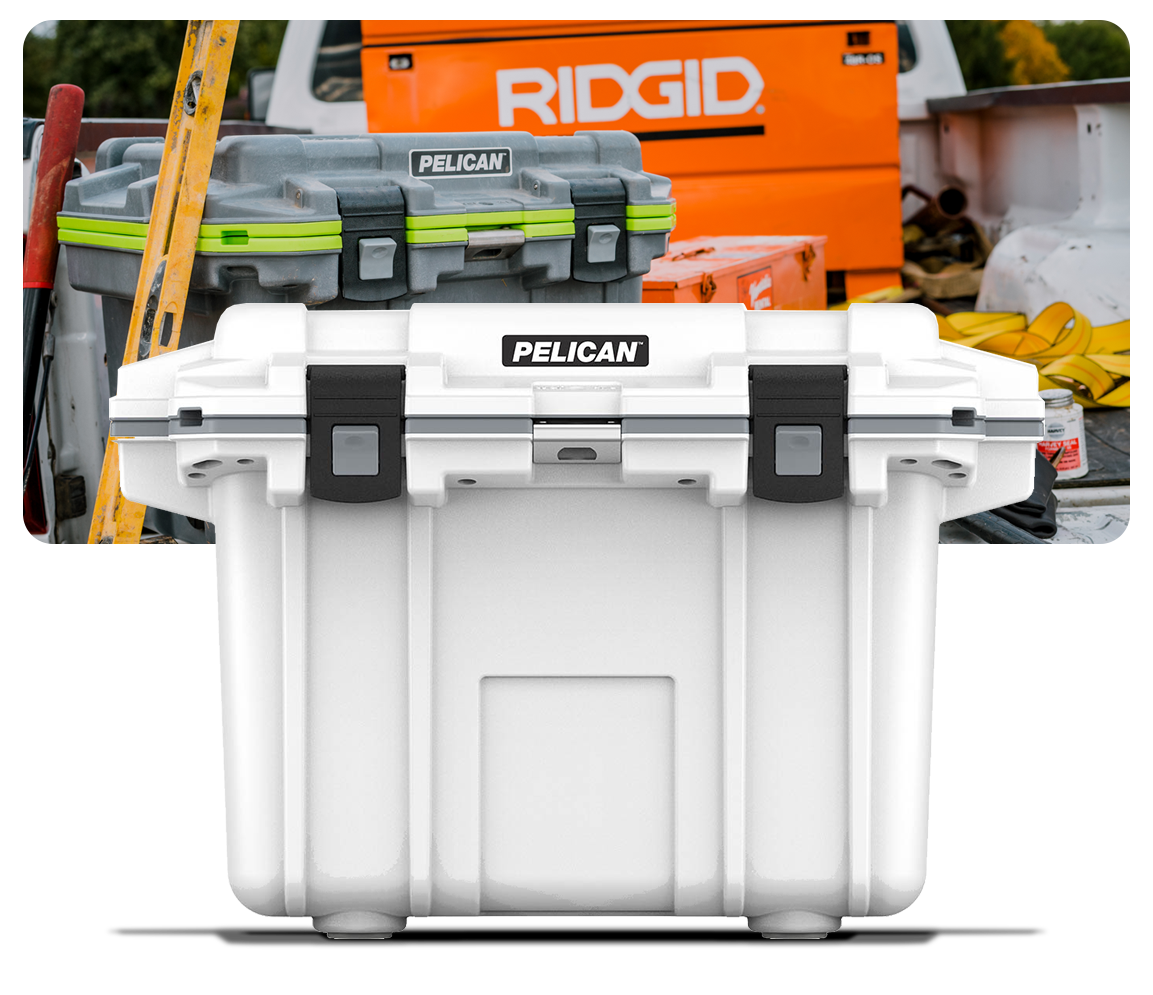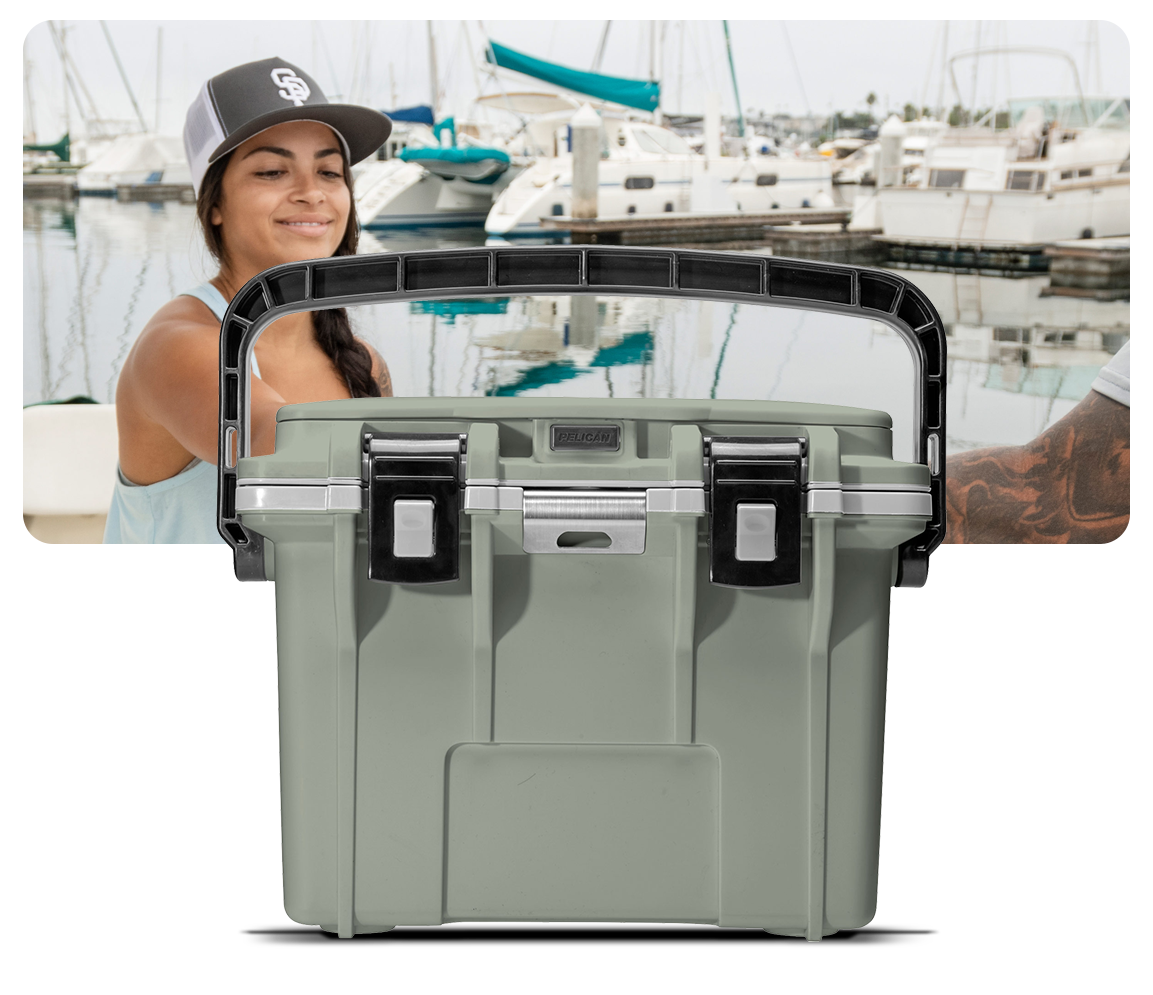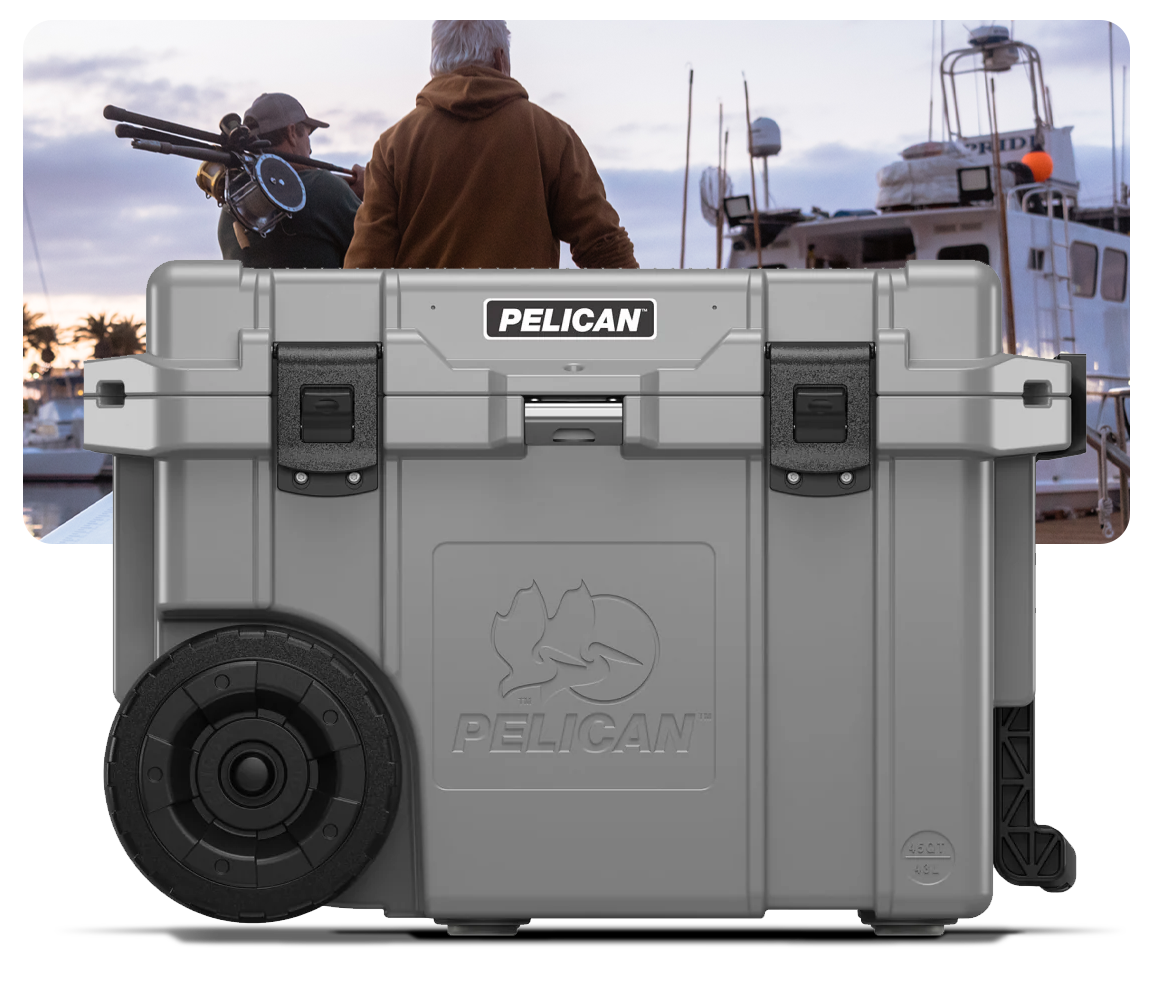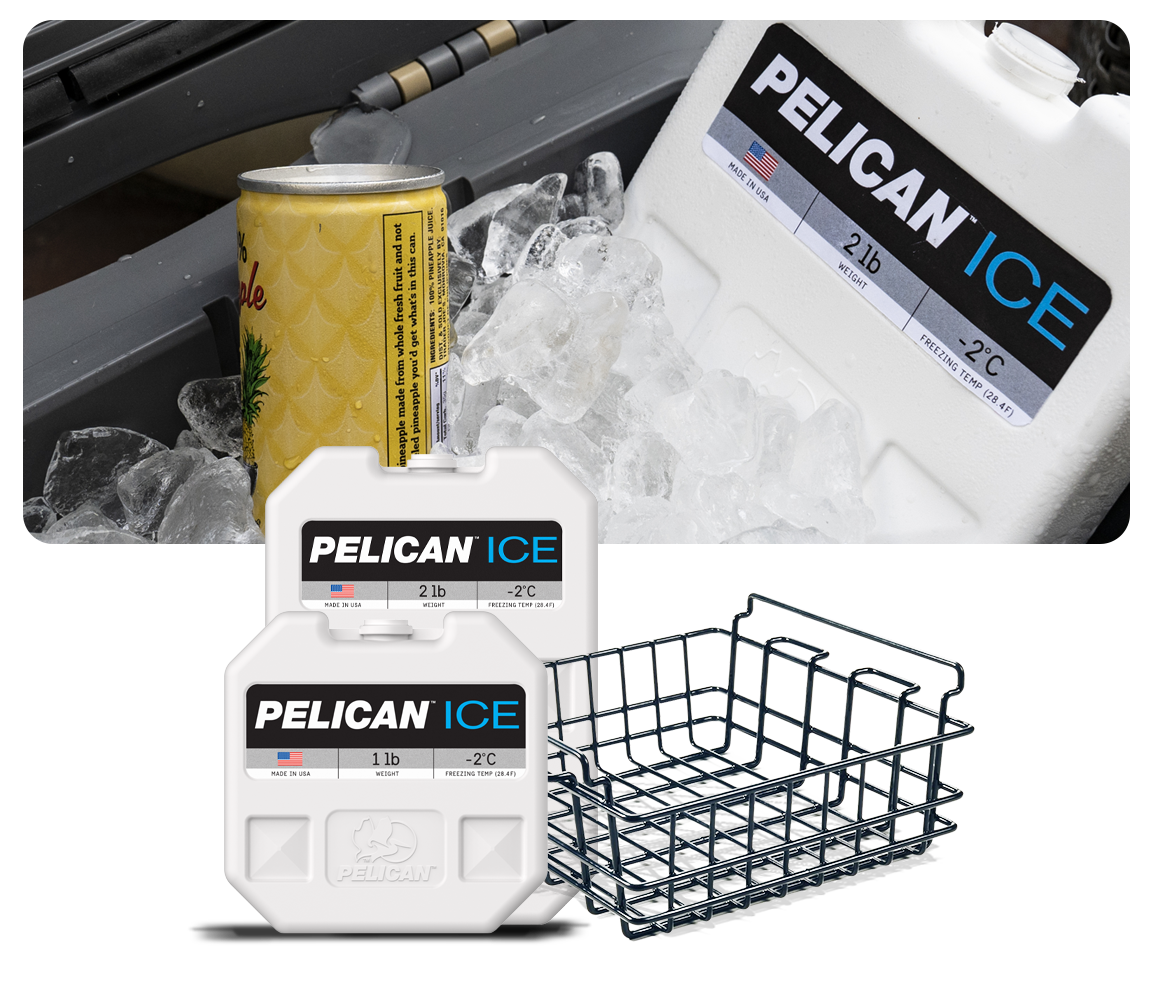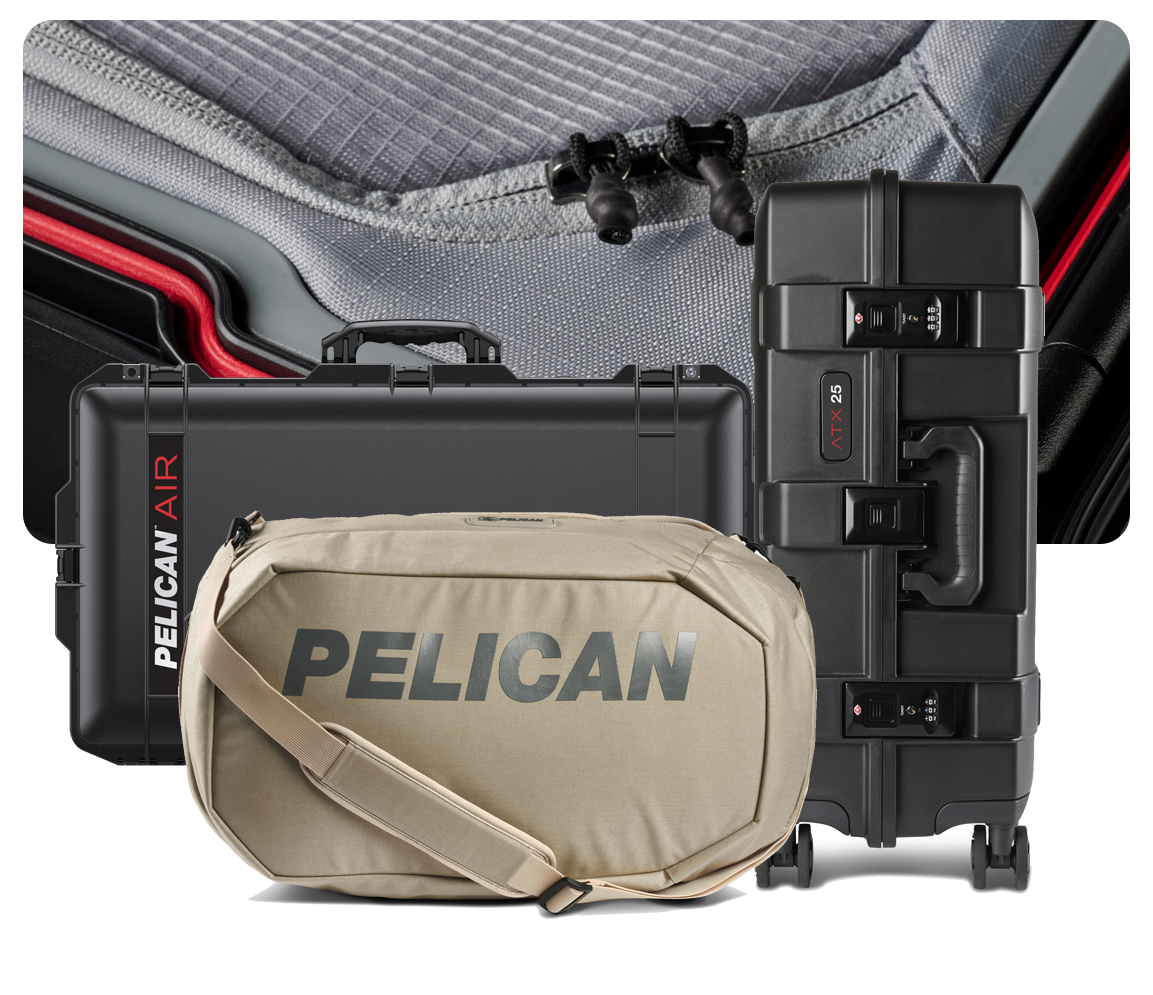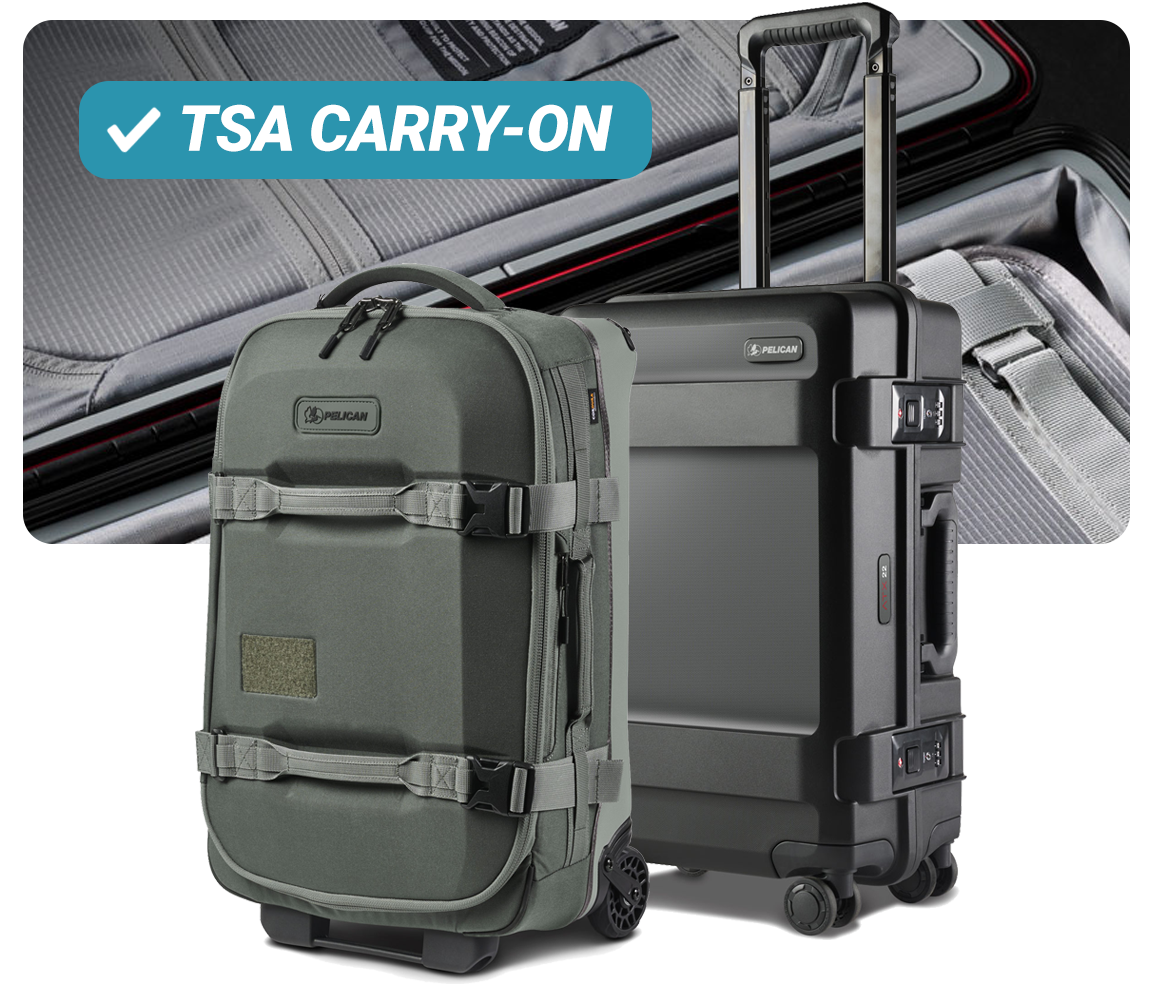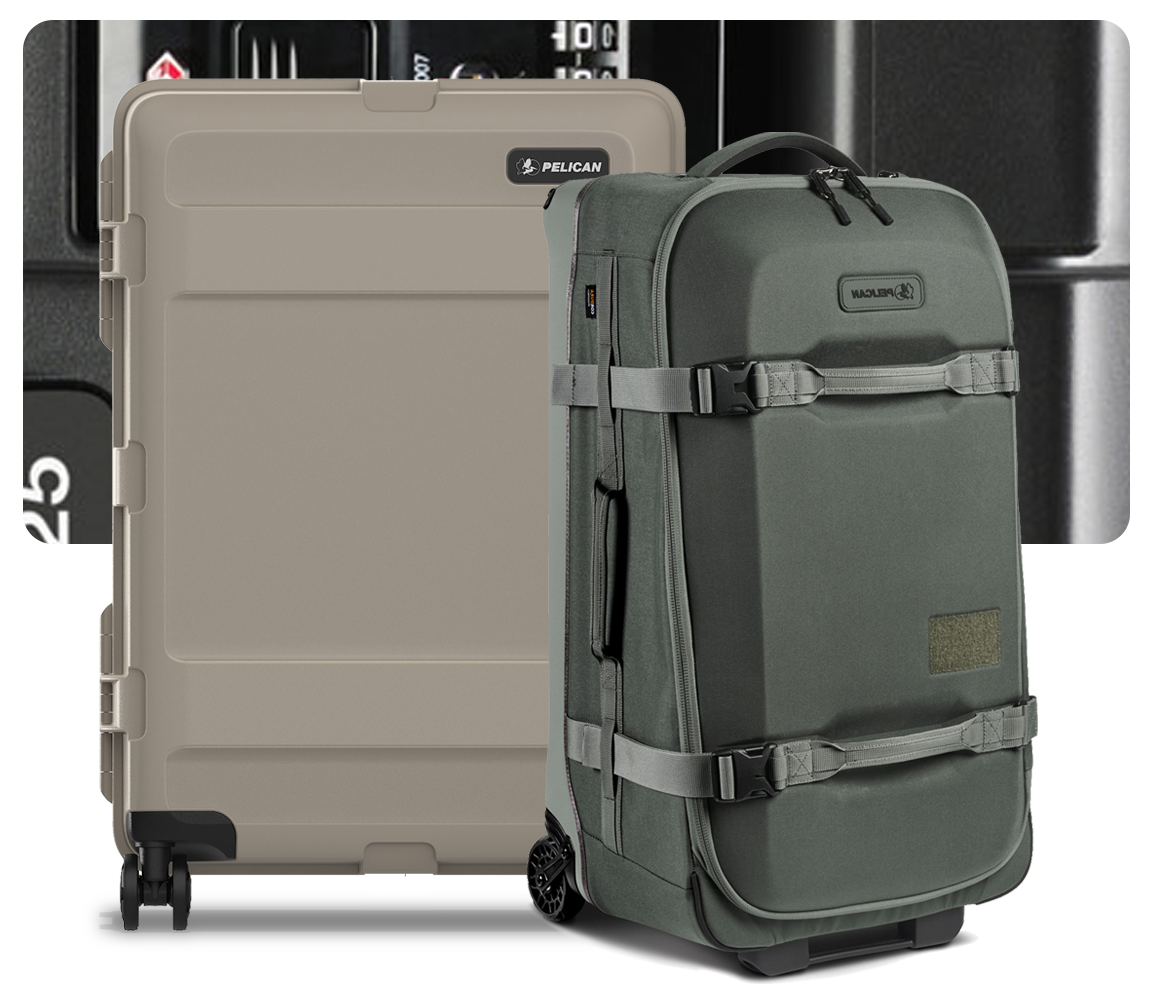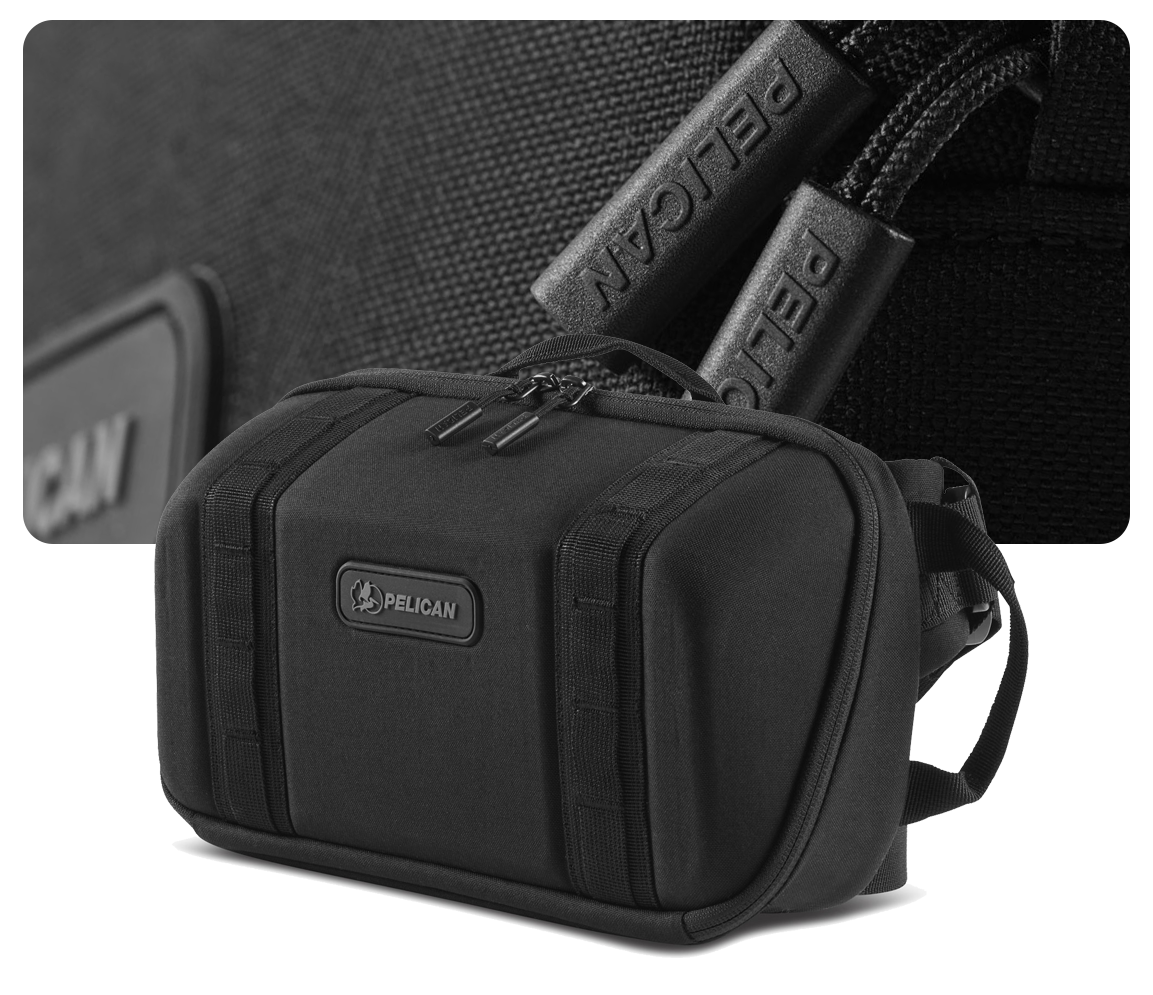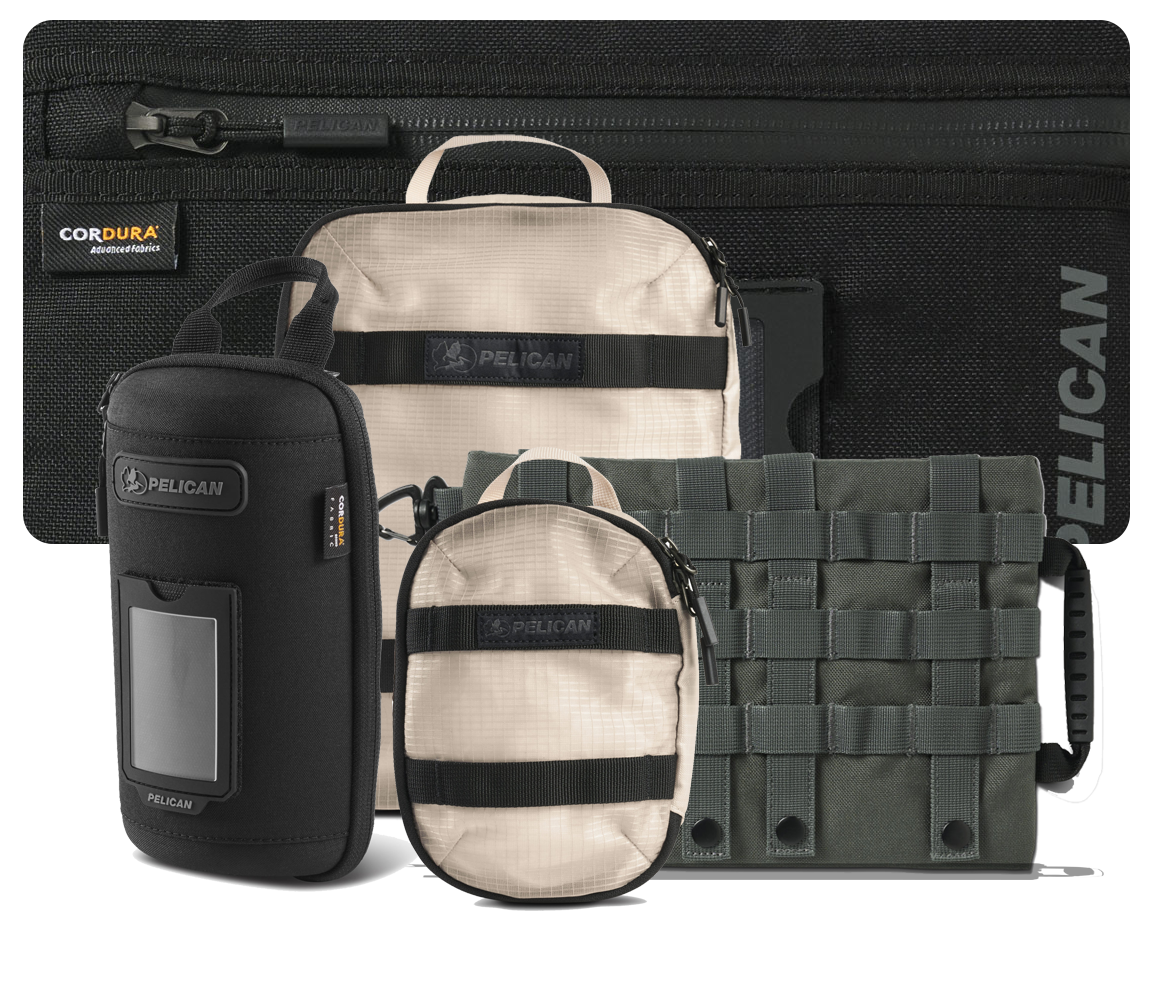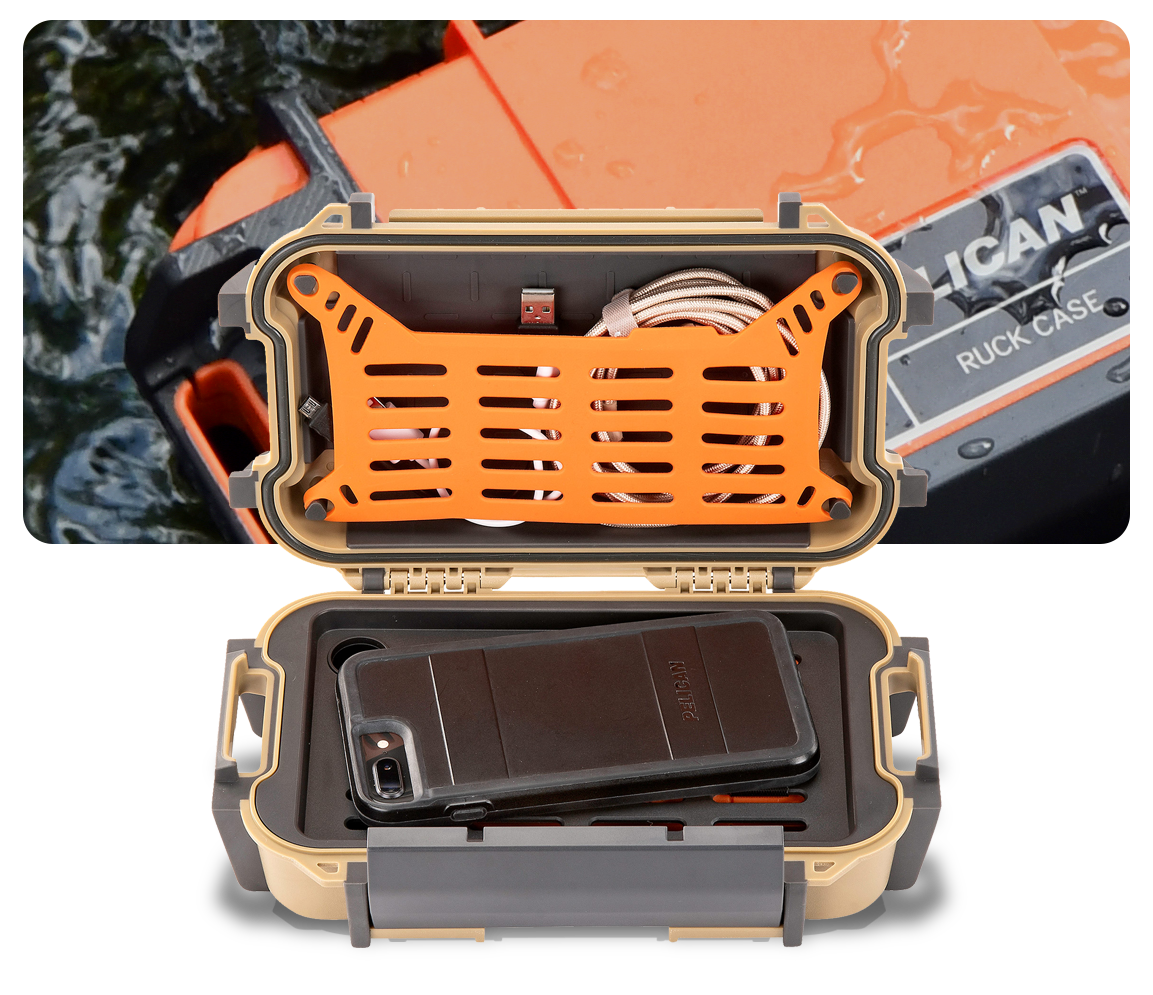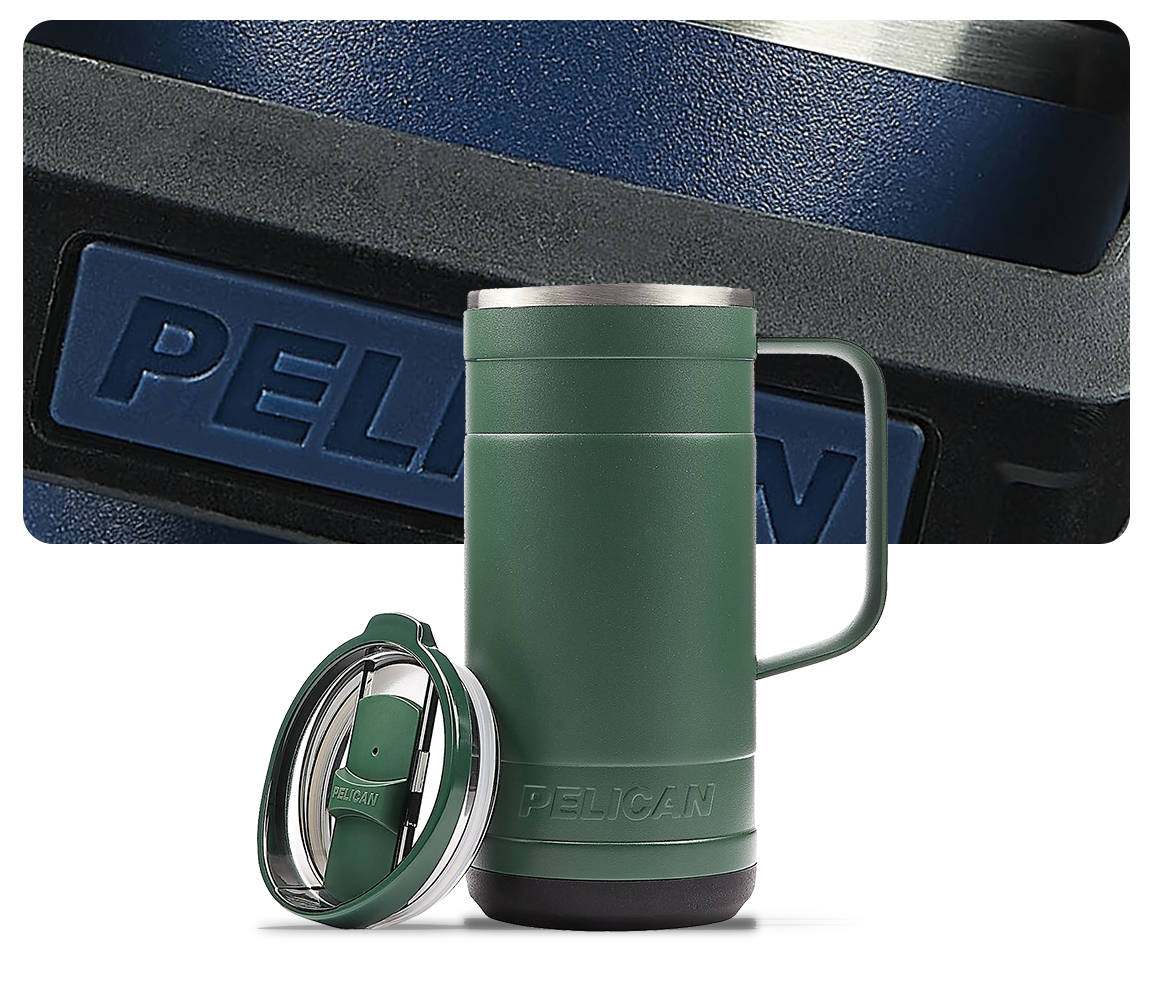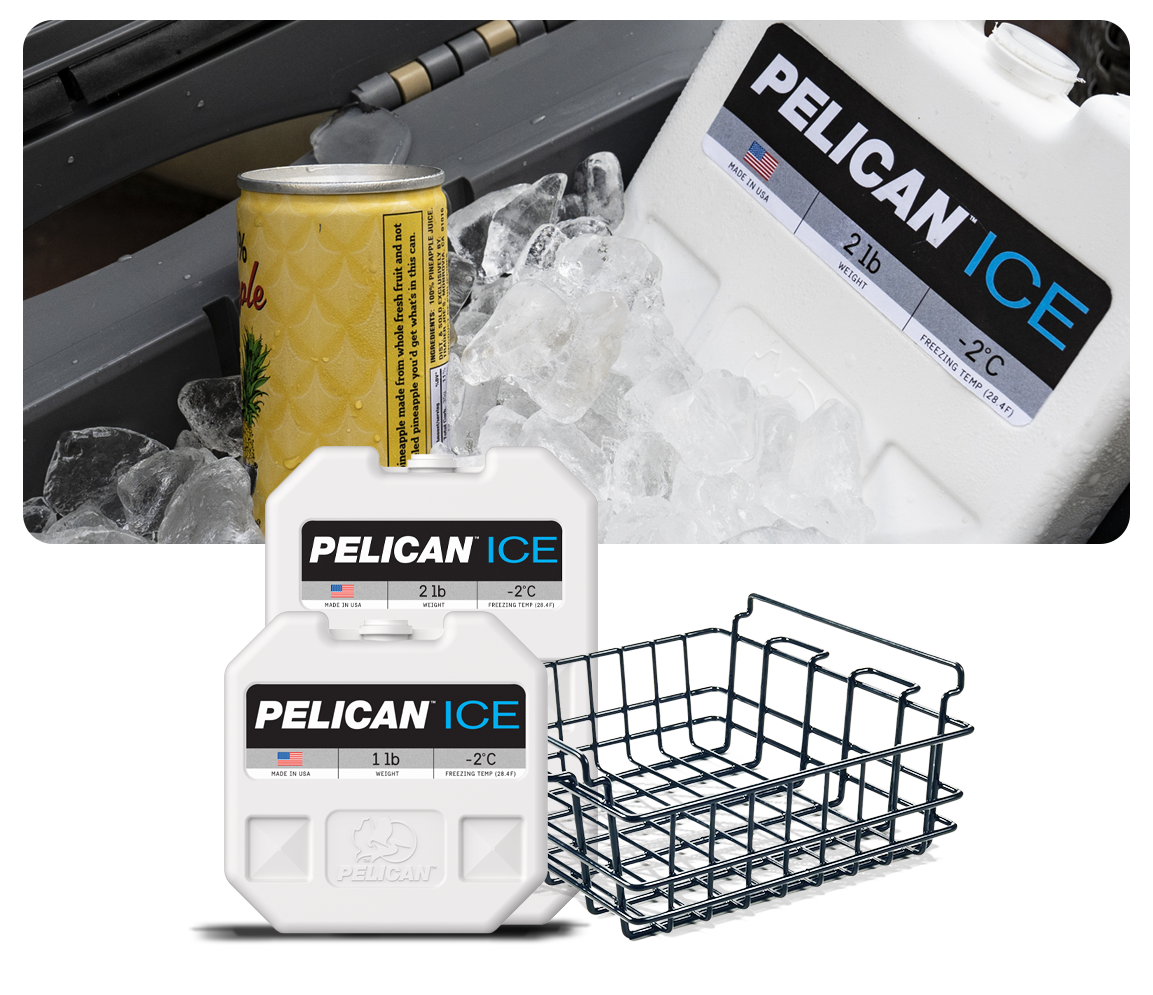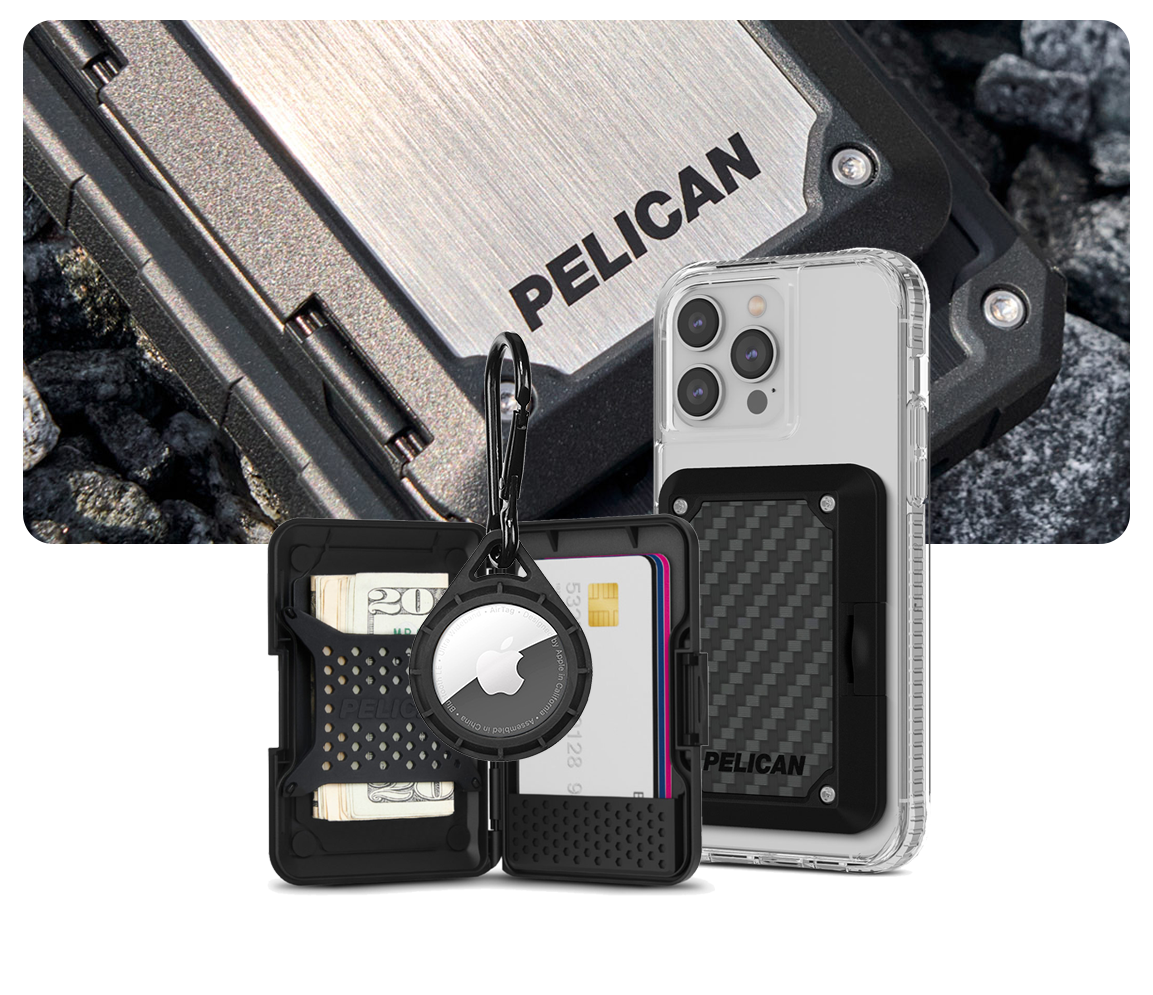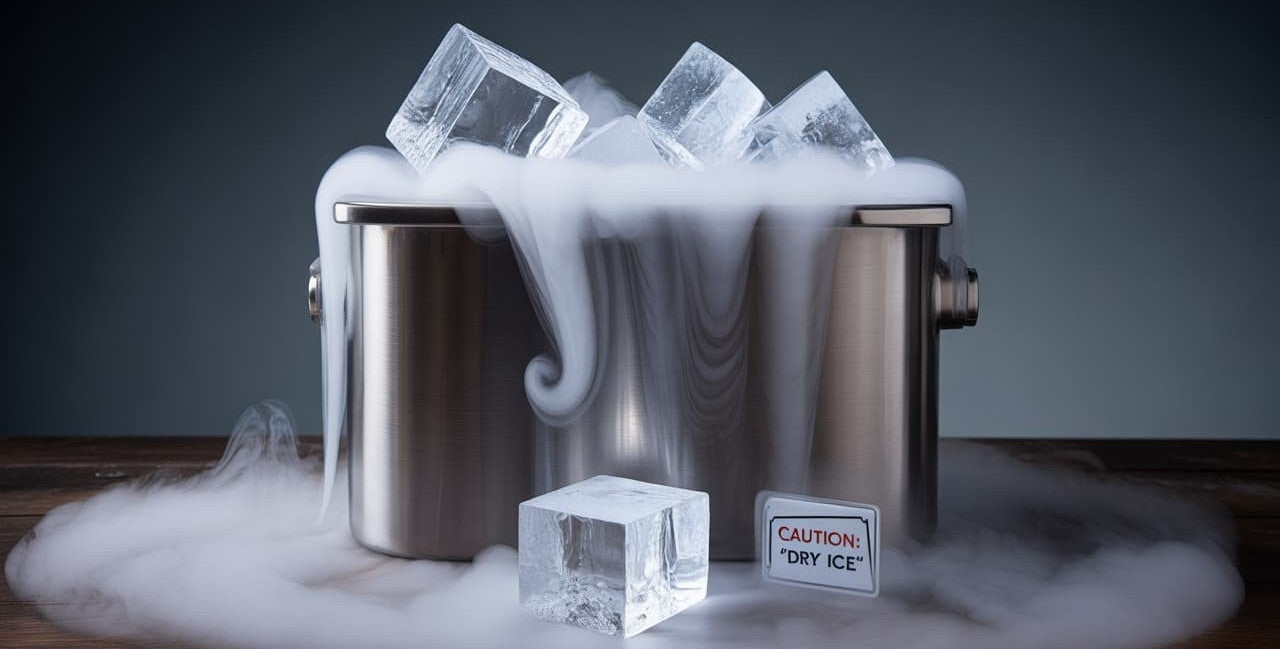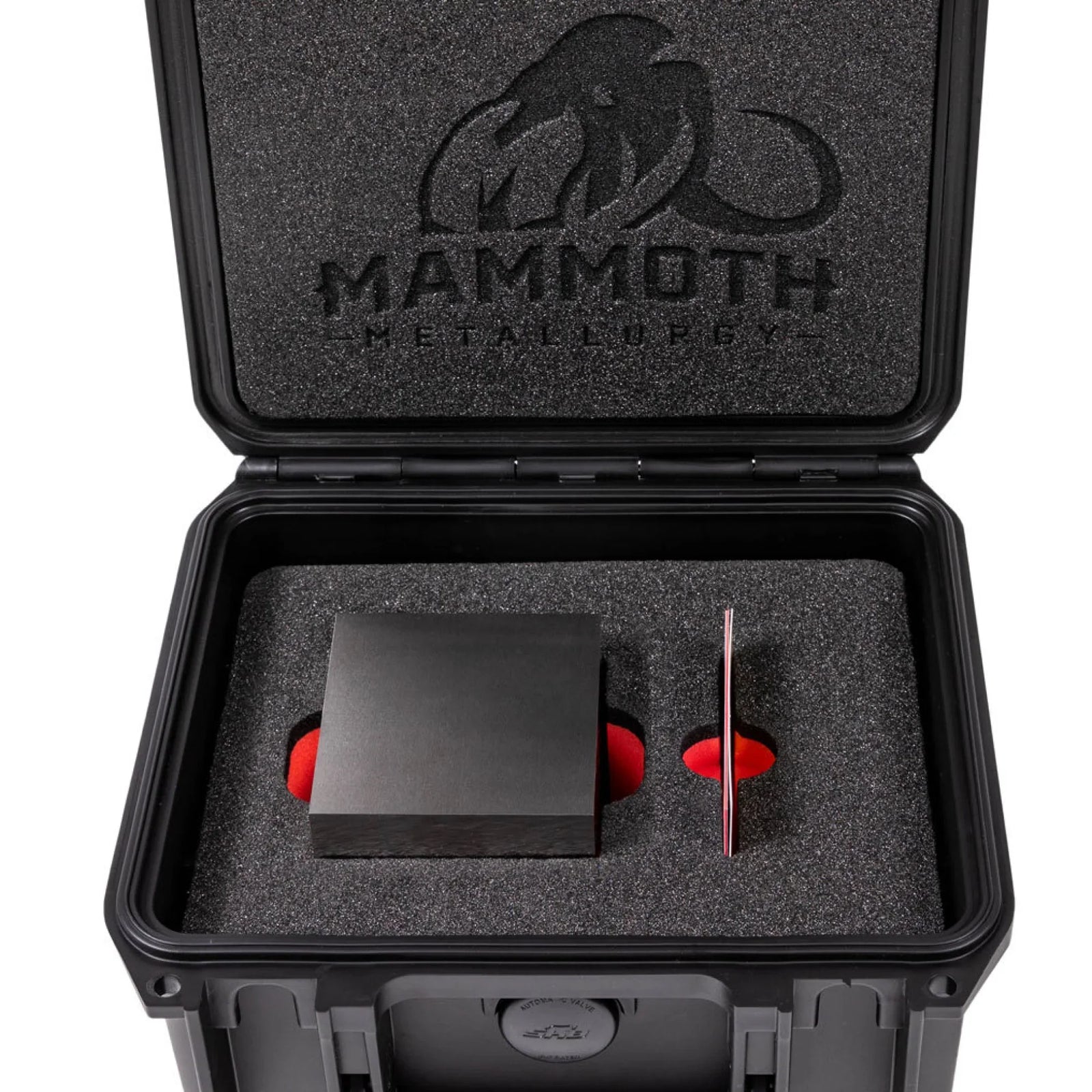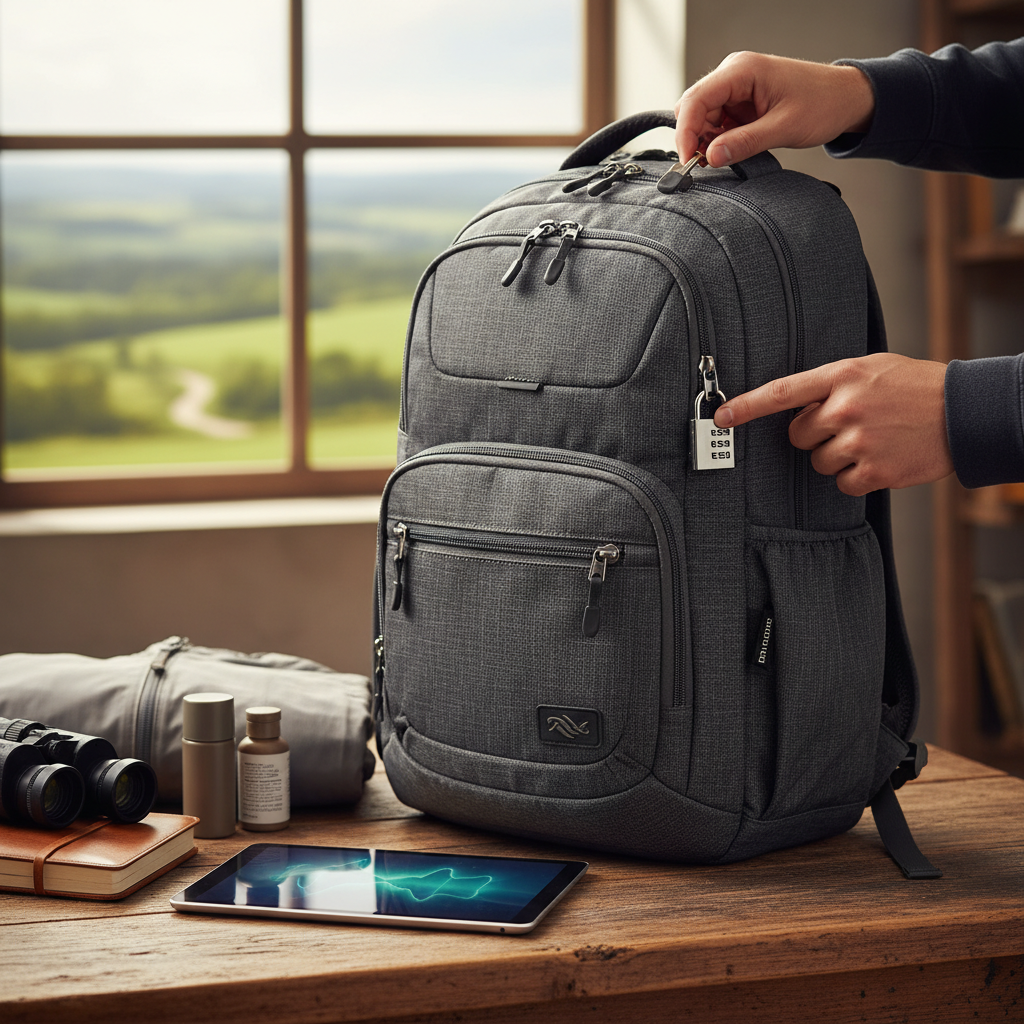Packing a cooler for the lake or sending frozen meat through the mail usually puts you face-to-face with the ice question: regular ice cubes, or dry ice. The real mystery is how long that bone-chilling block sticks around once you seal the lid. We’re going to help get to the bottom of that mystery.
Whether this is your first time or you're just looking to level up your cooler game, knowing dry ice behavior ahead of time saves headaches later. One quick read here will lay out the basics, give you a rough guess on lifespan, and drop a handful of tips for squeezing extra hours out of the frost. Let’s dive in!
How Long Does Dry Ice Really Last in Coolers?

Expect dry ice to last 18 to 24 hours inside an average cooler, assuming you don’t turn the lid into a revolving door. Open it once every few hours to grab a snack, and the clock starts ticking faster. A bunch of things can shave minutes, or days, off the life of your dry ice. Here are the big players:
- Total Weight: More is almost always better. Five pounds might melt in 18 hours, while 20 buys you two or even three days.
- Cooler Grade: A top-shelf YETI or Pelican clings to cold air the way a sleeping bag hugs your toes. A flimsy foam box? Not so much.
- Opening the Lid: Every time you peek inside, warm air rushes in and hurries the dry ice away. Keep the lid down and you’ve won extra time for free.
- Packing Order: Stick the dry ice on top, and it vanishes like magic. Flip the order, and your meat or ice cream stays solid. Placement matters.
- Outside Heat: A tent in 90° sun turns any cooler into an oven, while a cool garage at 50°F gives the ice a fighting chance.
Rough Lifespan Guide |
||
|---|---|---|
|
Dry Ice Amount |
Cooler Type |
Approx. Duration |
|
5 lbs |
Basic Cooler |
18-24 hours |
|
10 lbs |
Standard Cooler |
24-36 hours |
|
20+ lbs |
Premium Cooler |
48-72 hours |
Planning a weekend trip? Grab a sturdy cooler and load in 15–20 pounds. That setup should keep everything frozen until Sunday arrives. If you’re wondering how long dry ice lasts in a cooler? A friendly breakdown like this makes all the difference in planning your trip.
What Is Dry Ice and Why Use It?
Dry ice isn’t frozen water; it’s solid carbon dioxide. At a teeth-chattering -109.3°F (-78.5°C), it freezes anything in shouting distance in no time flat. Unlike its watery cousin, dry ice vanishes into gas instead of puddles, leaving your cargo dry and still frozen. Dry ice, simply put, is frozen carbon dioxide (CO₂). While regular ice melts into water, dry ice disappears into a gas and skips the liquid step.
That disappearing act is why so many people swear by dry ice when they really need a deep freeze. It’s colder, simpler, and almost a little magical.
Normal ice sits right at 32°F (0°C), the line where water freezes. Dry ice clocks in at a staggering -109.3°F (-78.5°C) and never budges. In fact, it’s so cold that you’ll always want to wear protection when handling dry ice.
Hacks to Extend Dry Ice Life
People who work with dry ice often wonder how to extend its life in a cooler, much like regular ice. A handful of simple tricks can easily double the time you have before the solid carbon freezes away to nothing. An unplugged plastic chest sitting at room temperature can steal a surprising amount of cold from new dry ice. Save that energy by packing the cooler with regular ice or ice packs for an hour, then dumping the melt before loading in the dry ice.
A layer of newspaper, cardboard, or an old towel adds cheap insulation around the block. The thin wrapping slows down sublimation and quietly buys you another few hours of freeze. Put the dry ice at the bottom if you want to keep meat or frozen goods rock-solid. For drinks that just need a good chill without freezing them solid, place the dry ice on top and let gravity even things out.
Every gap or crack invites warm air inside and speeds up the burn-off. Keep the lid closed as much as possible, and think carefully before opening it to grab a snack. A single, hefty block of dry ice beats a handful of tiny pellets every time. The fewer edges that see the air, the longer your dry ice stays frozen. Doing this can snag you an extra few hours, or maybe an entire day, of frostiness.
Practical Uses of Dry Ice Beyond the Cooler
So you’ve run the math and noticed dry ice lasts a lot longer. Now you still have to decide if it makes sense for the trip ahead. If you’re heading out for three days of backroads and there’s no quick stop for more cubes, grab dry ice. It keeps chicken, burgers, and leftovers frozen solid until you’re ready to start cooking.
Mailing seafood fillets, ice cream tubs, or any meat you’d hate to see defrost? Dry ice is nearly the only way to get those items to the porch still frozen. Just double-check the carrier rules before you seal the box. Most airlines and shippers permit it, but they cap the weight and want labels that warn handlers about the extreme cold.
Hospitals and labs often shuttle vaccines, blood samples, or experimental petri dishes across town or across the country. To keep those goods chilly enough, couriers lay in a thick blanket of dry ice.
Handle With Care: Safety & Shelf Life

The upside sounds great, but the substance holds a few attitude problems of its own. Inflation has nudged dry ice prices above plain frozen cubes, so expect to pay more. Availability swings, too; most corner stores won’t stock it, while specialty welding shops will. Real talk: bare fingers will freeze to the block faster than you can blink.
Heavy gloves or metal tongs are non-negotiable.
Lifespan of dry ice usually lands somewhere between 18 and 72 hours. The better the seal on its container, the longer it lasts. With that in mind, decide whether the hassle beats the extra precautions needed to handle dry ice. When you treat dry ice with respect, it quickly proves to be very useful.
Conclusion
Packing food for an extended trip? You should probably consider dry ice as long as you’re capable of handling it properly and don’t risk kids being able to handle it. Sure, you need to wear gloves, avoid airtight containers, and read up before you load the stuff into a regular cooler, yet those few precautions are far easier than hunting down melty cargo after the fact.
A little planning turns what feels like magic into good, repeatable science. Whether you're mailing gourmet ice cream to a cousin halfway across the map or tossing gear into the back of the truck for a lazy weekend by the lake, the dry ice can be a viable option. With these pointers tucked in your pocket, things chill out, literally, and stay that way until the last lid finally pops open.

